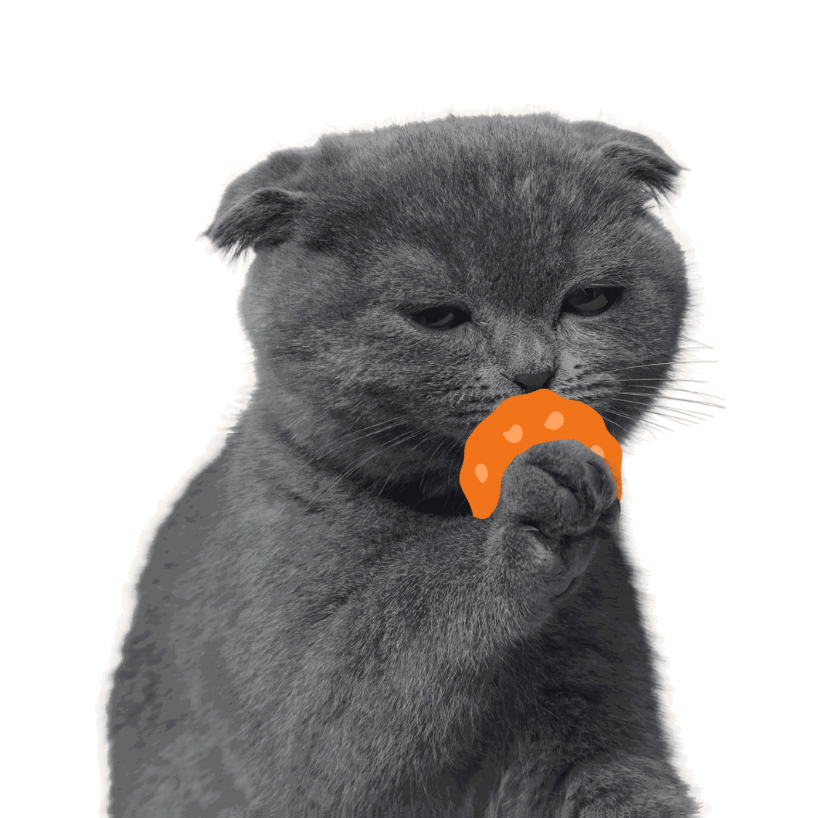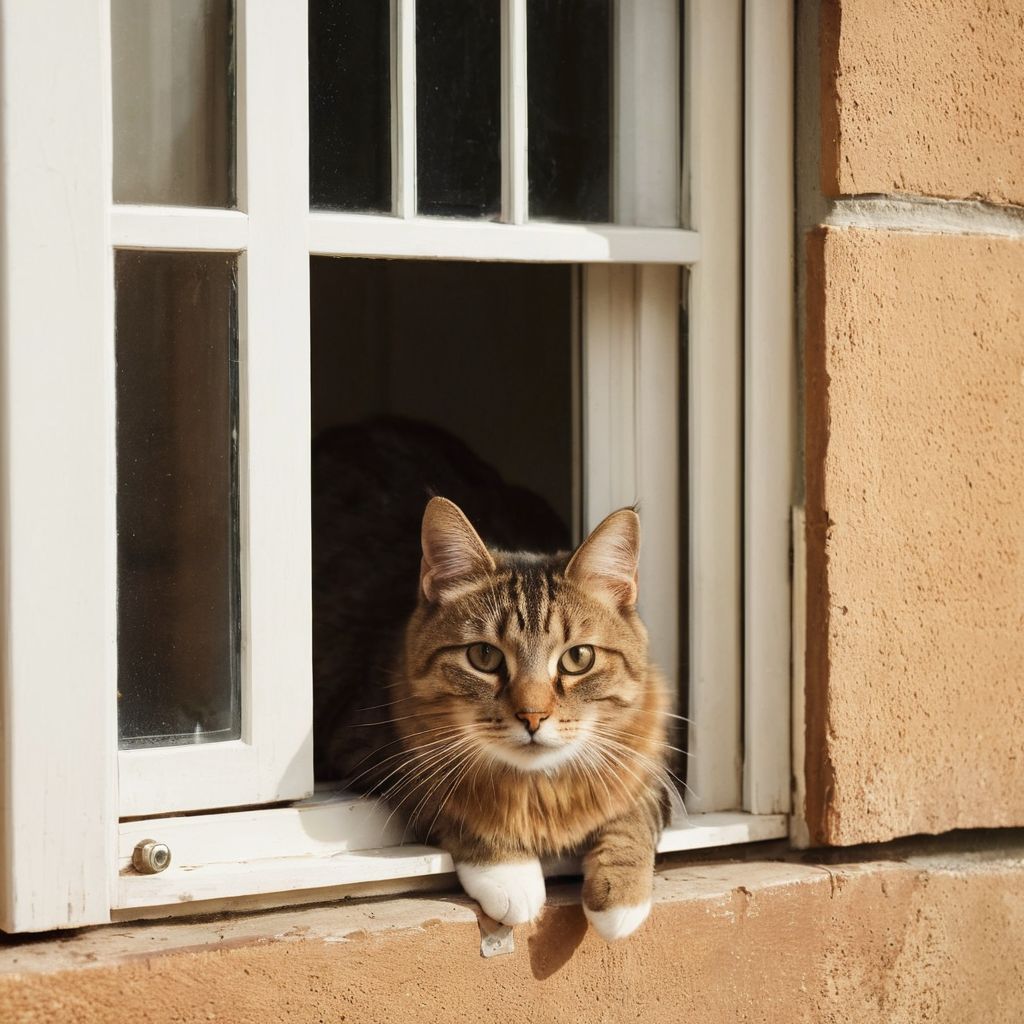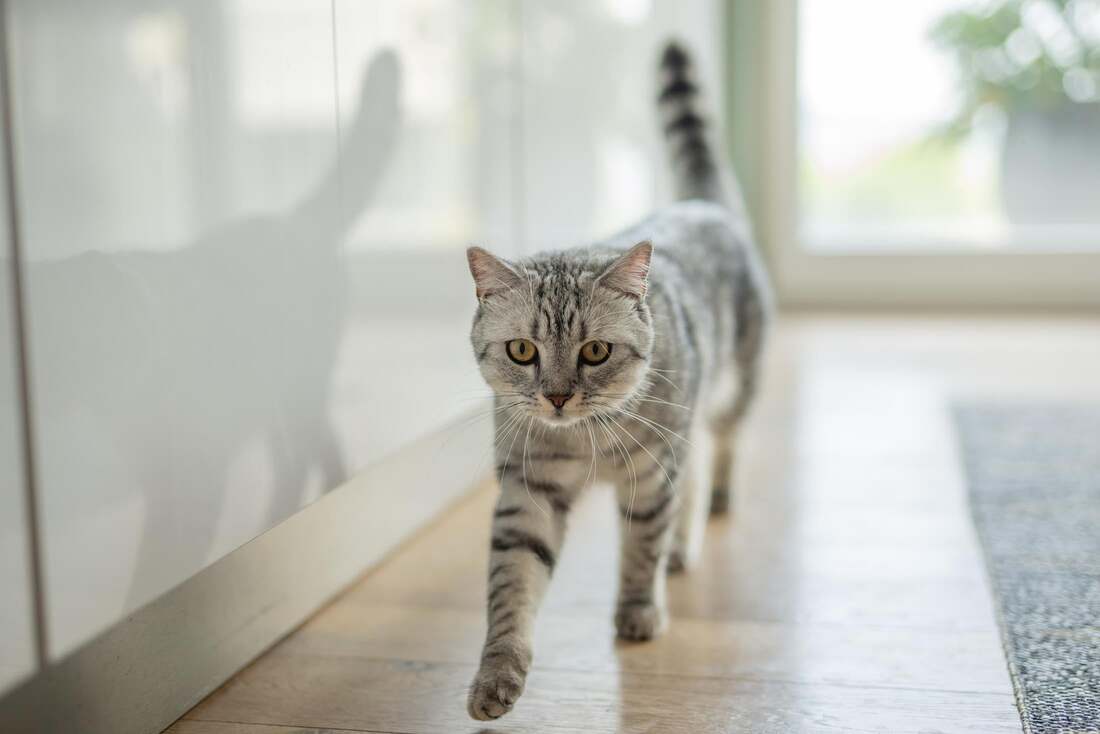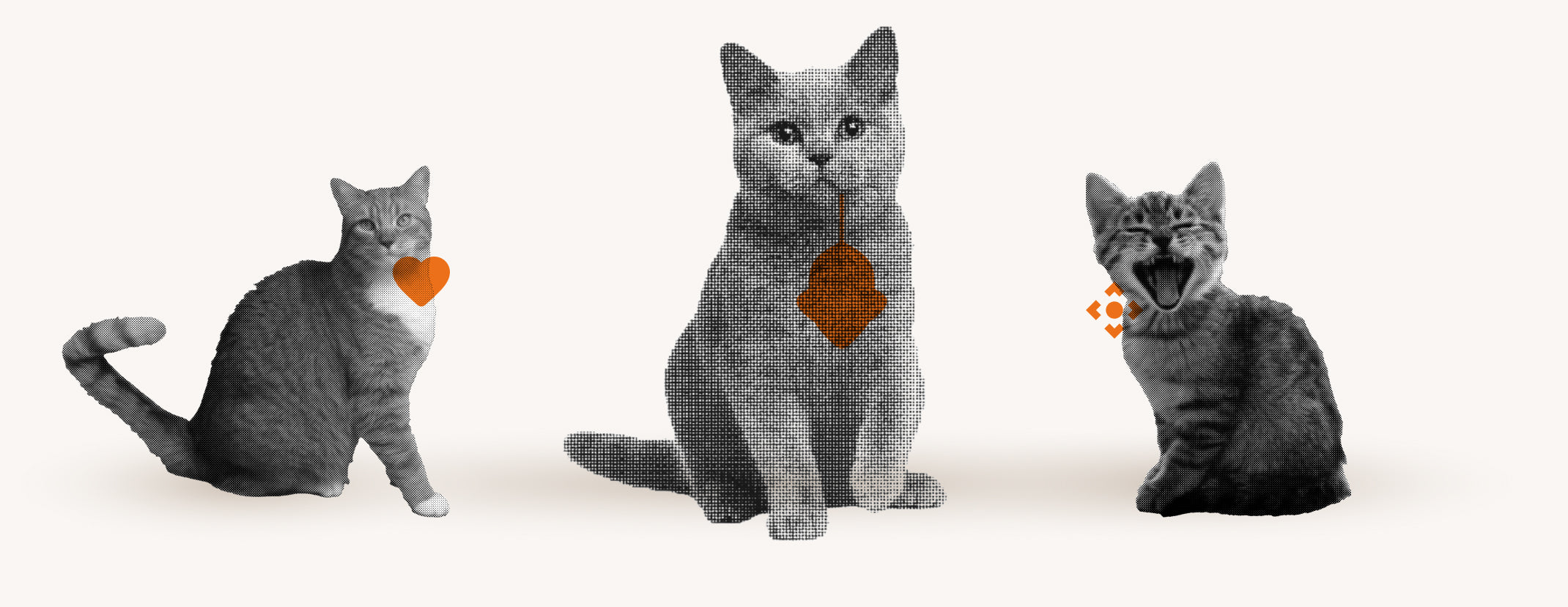Do you also know that your cat always wants to go in and out, but you can't always open the door? It can be quite exhausting to always act as a door opener for your four-legged friend.
A cat flap in the window can be the perfect solution to give your cat freedom and you more peace and quiet.
In this article, you'll learn everything about installing a cat flap in your window, from choosing the right location to the cost and how to keep your home safe while doing it.
Find the perfect installation location for your cat flap

Choosing the right place to install a cat flap is crucial for your cat's well-being and the functionality of the flap. It is important to choose a location that is easily accessible to your cat while also offering protection from the elements . You should also make sure that the flap is not installed near busy roads or potential sources of danger. This will ensure that your cat can go in and out safely and without obstruction.
The structural conditions of your home also play a role in choosing the installation location. The flap should ideally be installed in a door or wall that leads to a protected area of the garden. Make sure that the flap's function is not impaired by existing structures such as steps or high thresholds. Flexibility is required to find the perfect position and allow your pet the freedom it wants.
Materials required for installing a cat flap
To install a cat flap, you will need various materials and tools. First of all, you will need a suitable cat flap that fits your cat and the door. You will also need measuring tools such as a tape measure and a ruler to determine the size of your cat and the position of the flap.
You will also need a jigsaw for the cutout in the door, a screwdriver and screws for fastening, and fine sandpaper for smoothing the edges. You should also think about sealing material to avoid drafts. A drill and a spirit level will help you to attach the flap straight and securely.
Cat flap in a rented apartment: What should you consider?
When installing a cat flap in a rented apartment, you need to consider a few things. First and foremost, your landlord's consent is essential, as installing a cat flap is considered a structural change. It is advisable to talk to the landlord and take their concerns seriously, for example by offering to cover the costs of installation and dismantling work .
A written agreement can help avoid misunderstandings later. This agreement should include all details and agreements, such as who will cover the costs and who will reverse the installations. This will protect you from legal disputes later and ensure that you and your landlord are on the safe side.
Burglary protection with cat flap: How to keep your home safe
A cat flap offers your cat freedom, but can also pose a security risk. To protect your home , there are ways to ensure burglary protection despite the cat flap. Modern technologies play an important role in this, ensuring that only your cat can use the flap.
The correct positioning and selection of the cat flap are crucial. Installation locations away from door and window handles minimise the risk of burglars using the flap as an entry point. There are also special security features and materials that make your cat flap burglar-proof.
Cat flaps with chip: Modern access control for your cat

Cat flaps with chip technology offer modern access control for your cat. The chip, which is either in the cat's collar or implanted directly under its skin, means that the flap can only be used by your pet . This keeps strange animals and uninvited guests away.
The advantages of such systems are manifold:
- Greater security for your home and your cat.
- Avoiding strange animals in the house.
- Convenient operation , often even with app support for monitoring inputs and outputs.
Electronic cat flaps: a safe choice?
Electronic cat flaps work in a similar way to chipped ones, but offer additional features . They can be programmed to lock at specific times, which can be particularly useful at night. The 4-way control is also a popular feature that precisely controls your cat's freedom of movement.
Despite the higher costs and the more complex installation, electronic cat flaps offer a high level of security . They not only prevent strange animals from entering, but also the risk of burglars using the flap as an entry point. The investment can therefore be worthwhile for the security of your home and the comfort of your cat.
Installing a cat flap in the glass door: Instructions
If you want to install a cat flap in a glass door, there are a few things to consider. Installing it in a glass door is not as easy as installing it in a wooden door, as glass is a very sensitive material. Unprofessional installation can quickly lead to a pile of broken glass. It is therefore important to find out as much as possible beforehand and, if necessary, consult a specialist.
In this section, you will learn how to install a cat flap in a glass door step by step. We will look at the special features of insulated glazing, explain how to install a cat flap in thermally insulated panels and which types of glass are unsuitable for installing a cat flap. With the right preparation and the right materials, you can give your cat safe and comfortable access to the outside.
Cat flap and insulated glazing: What you need to know
You must be particularly careful when installing a cat flap in a glass door with double glazing. Double glazing consists of several panes of glass with an insulating space between them. This structure offers advantages in bad weather, but can be damaged if the cat flap is installed incorrectly.
It is important that you choose a cat flap that is suitable for insulated glazing. Not every cat flap is suitable for this type of installation. Find out about the properties and requirements of the cat flap in advance. If you have large cats or small dogs, you also need to pay attention to the size of the flap.
Installation of a cat flap in thermally insulated fillings
An innovative solution for installing a cat flap is the use of thermally insulated fillings. A smaller pane of insulating glass is used and the resulting area is filled with a thermally insulated filling. The cat flap can then be installed in this filling.
This method is not only cost-effective, but also reversible and visually appealing. The seam between the two parts is sealed and covered with a strip. This maintains the thermal insulation and gives your cat comfortable access.
Unsuitable types of glass for installing a cat flap
When installing a cat flap in a glass door, you need to know that not all types of glass are suitable. Safety glass and multi-pane insulating glass in particular pose challenges because they have a special structure that can be damaged if installed incorrectly.
Single pane glass is easier to work with, but you still need to be careful. Before installing, find out whether your glass door is suitable for installing a cat flap. In some cases, it may be necessary to make a new pane, which can incur additional costs.
Building a cat ladder: How it works with the cat flap

Building a cat ladder is a fantastic way to make it easier for your cat to access the outdoors, especially if you have a cat flap installed. It's important that the ladder is sturdy and safe so your cat can use it without hesitation. Combining a cat ladder and a cat flap gives your furry friend the freedom to decide when they want to go outside.
There are a few things to consider when building a cat staircase. Choose materials that are weatherproof and durable so that the staircase can withstand all weather conditions. The steps should be non-slip to ensure your cat's safety. It is also important that the staircase ends at the cat flap to create a seamless transition for your cat.
Safety collar and cat flap: A safe combination
A safety collar combined with a cat flap can be a great solution to ensure that only your cat can use the flap. Many modern cat flaps are equipped with a sensor that reacts to a chip or magnet integrated into the collar. This prevents strange animals from entering your home.
There are a few things to look for when buying a safety collar. It should be light and comfortable for your cat to wear and have a quick release buckle that opens automatically in the event of an emergency. This will ensure that your cat is safe while enjoying the freedom that the cat flap offers.
Discover the intelligent cat flaps from Flappie
Have you heard of Flappie 's smart cat flaps? Not only are these flaps a practical solution to give your cat freedom, but they also solve the problem of cats bringing home prey like mice or birds. Thanks to the innovative technology that Flappie uses, your home will stay clean and prey-free.
The advantages of the Flappie cat flap are impressive:
- Selective access control prevents cats from entering the house with prey.
- Prey detection through a camera with AI technology.
- An app that informs you about your cat's comings and goings and allows you to control the cat flap remotely.
With Flappie you can be sure that your cat enjoys freedom while your home remains clean and safe.
Frequently Asked Questions
Can you install a cat flap in a window?
Yes, it is possible to install a cat flap in a window. This article describes how to install a cat flap in a glass door, which presents similar challenges to installing a window. It is important to do your research beforehand, especially when it comes to double glazing or special types of glass, and to consult a specialist if necessary.
How much does it cost to install a cat flap in a window?
The cost of installing a cat flap can vary depending on the type of flap and where it is installed. Simple models start at €10, while microchip-controlled flaps start at around €60. Installation costs range from €100 to €700, depending on whether you install the flap yourself or hire a professional. The total cost can therefore be between €170 and €680.
Where is the best place to install a cat flap?
The best location for a cat flap is somewhere that is easily accessible to your cat while also providing protection from the elements. Avoid installing the flap near busy roads or potential hazards. Ideally, the flap should be installed in a door or wall that leads to a sheltered area of the garden without being obstructed by existing structures.
How burglar-proof is a cat flap?
Modern cat flaps, especially those with chip technology or electronic flaps, offer a high level of security. They ensure that only your cat can use the flap, thus minimizing the risk of burglars using the flap as an entry point. Additional security features and materials can help to make your cat flap burglar-proof.





Share:
Cat flap alternative rental apartment: animal-safe solutions
Cat flap with chip recognition: How does it work exactly?